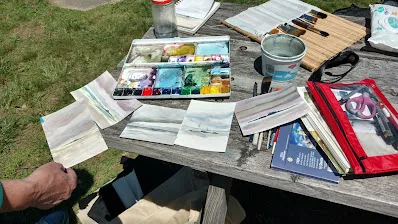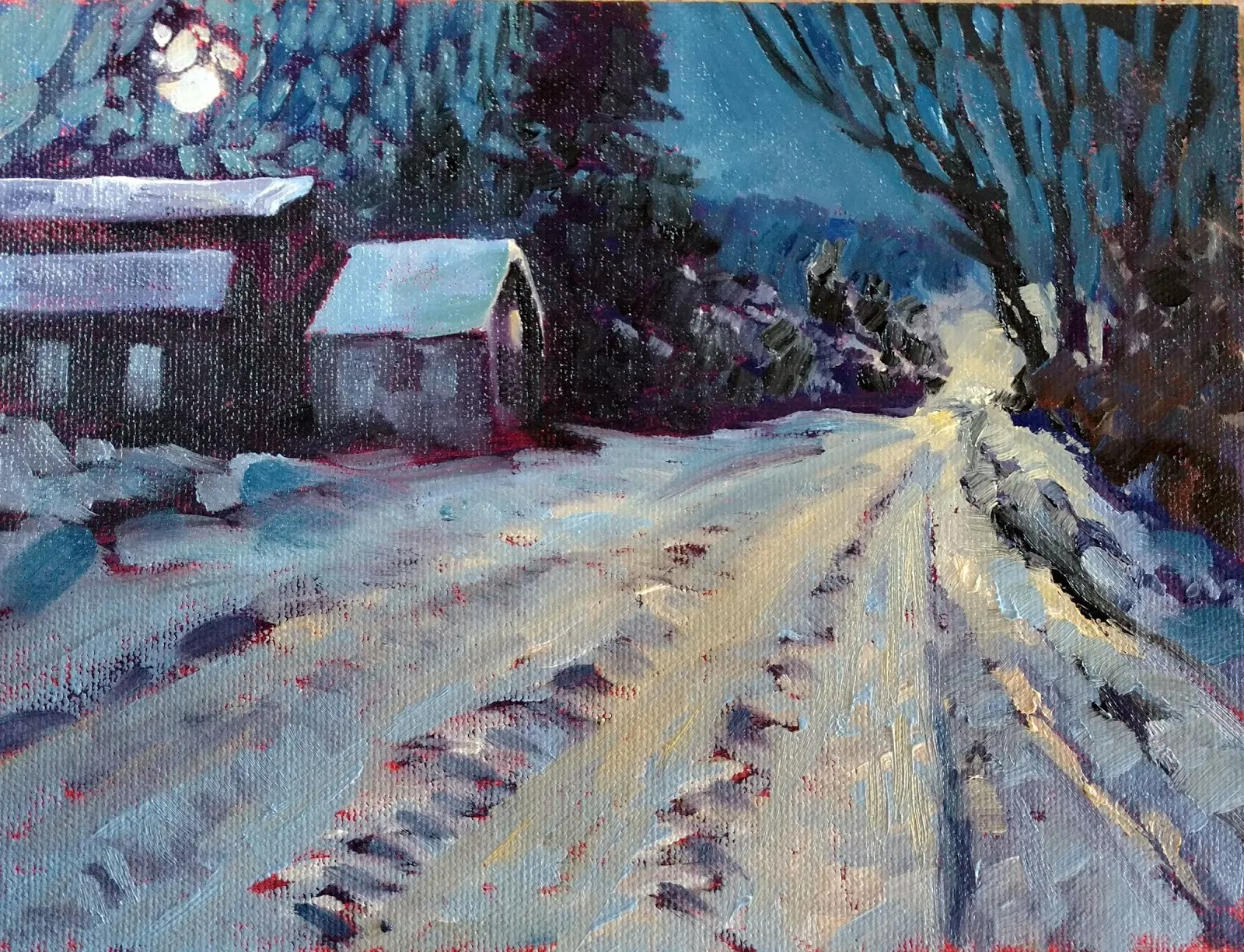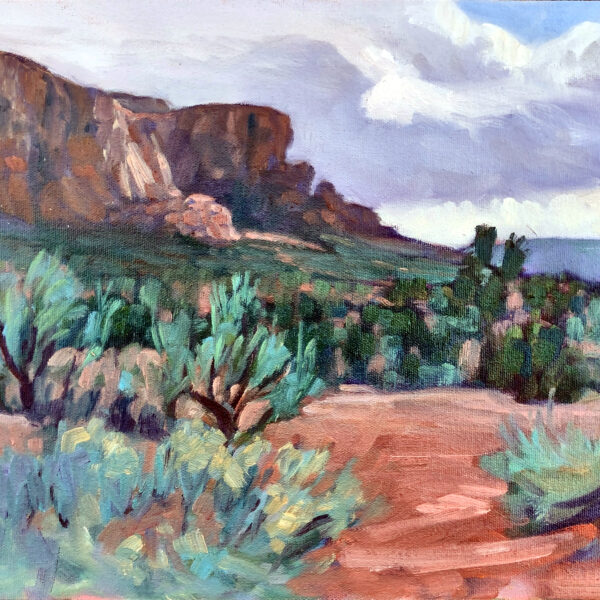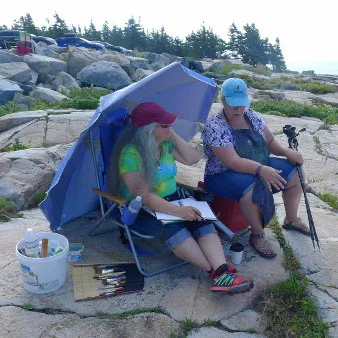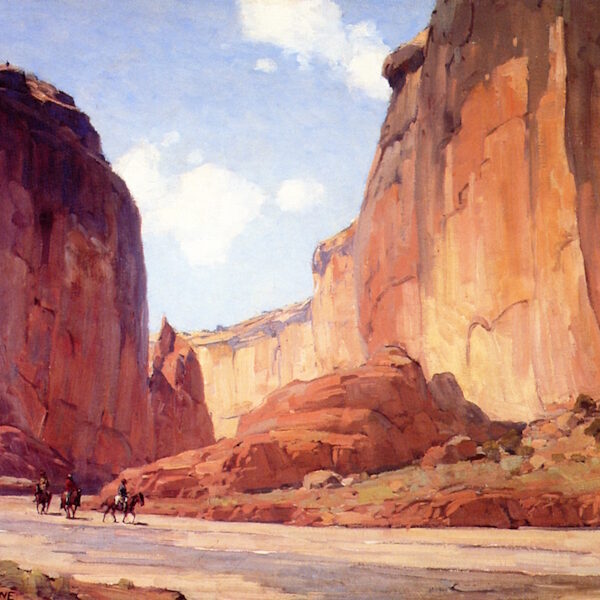Quality vs. marketing
Paint-and-sip shops, paint-by-numbers kits, toy sewing machines and cheap paint sets are all driven by vast marketing budgets, but in terms of learning, they’re worthless.
Connection and chaos
It’s been a horrible week for many, but what if we looked at this week as an opportunity to welcome others into our Christmas spirit?
Happiness is beauty in, beauty out
Tomorrow, we enter the Christmas season. The greatest gift you can give yourself is to actively seek out beauty—in creation, in others, and in yourself.
Why not a two-day workshop?
A fellow teacher told me recently that she’s been asked to compress a four-week beginner course into two days. “I think it’s a disservice,” she said. “That’s a lot of information to compress into a much shorter time. So, either it’s a very shallow dive or there’s so much information compressed so tightly that half …
Monday Morning Art School: paint like a pro
Lack of good composition and values make a painting look amateurish. Luckily, the rules for composition are easy to learn.

